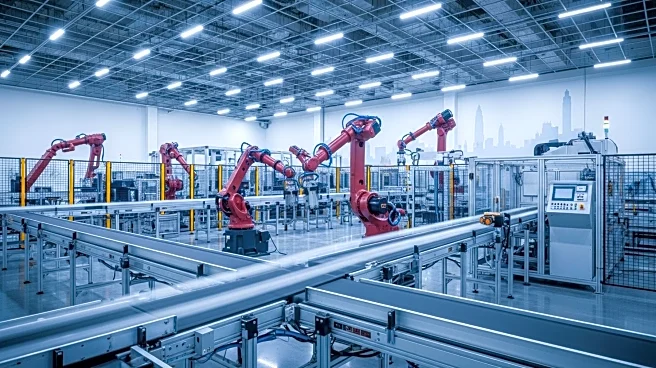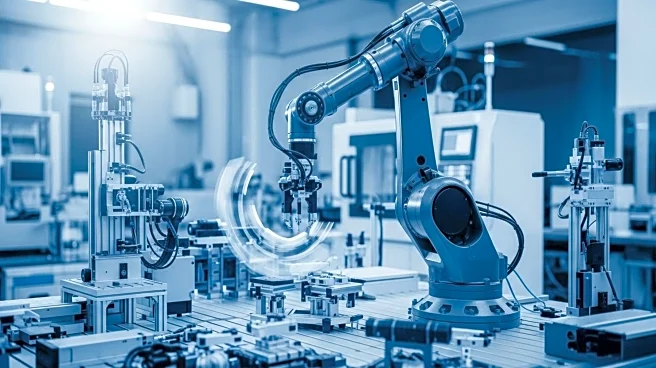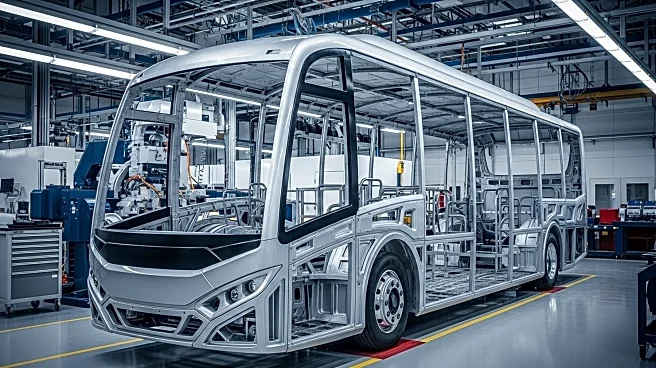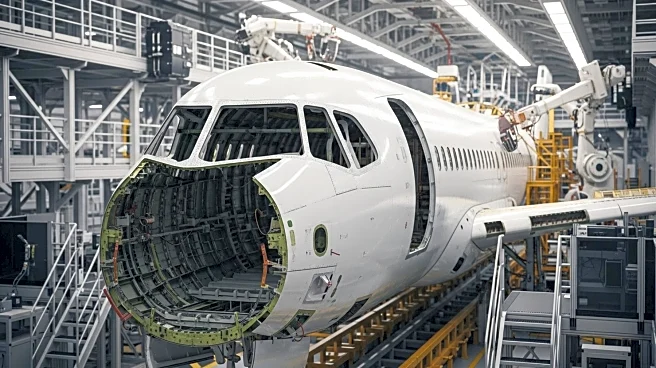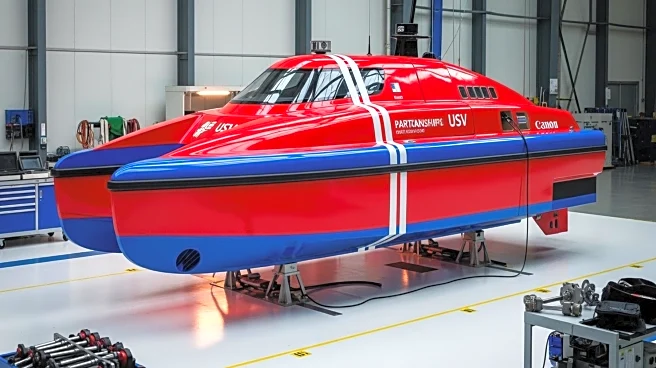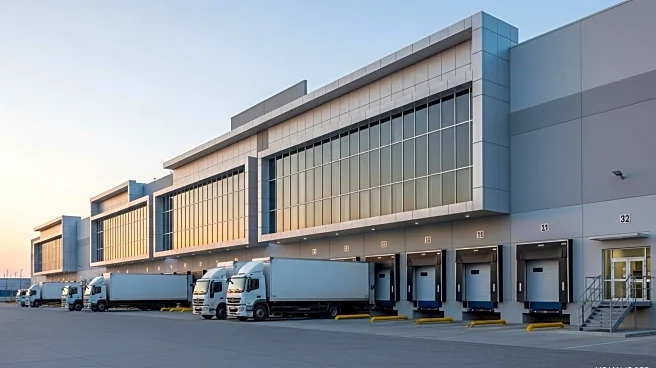What is the story about?
What's Happening?
Manufacturers considering new or expanded U.S. operations are encouraged to review the extensive financial incentives available at federal, state, and local levels. These incentives, including tax credits and direct grants, are designed to materially impact project economics, reduce facility development costs, enable equipment acquisition, and provide workforce training. The federal New Markets Tax Credit (NMTC) program is highlighted as a powerful tool for manufacturers seeking affordable financing to expand operations, acquire or modernize equipment, or boost working capital. States are also expanding their offerings to attract manufacturers, with programs like Enterprise Zones providing grants, tax exemptions, and other benefits based on investment and job creation.
Why It's Important?
The availability of state and local incentives is crucial for the U.S. manufacturing sector, as it supports the national economic policy of reshoring domestic manufacturing. These incentives can significantly reduce costs for manufacturers, making U.S. operations more economically viable and competitive. By attracting manufacturers, states and localities can secure high-impact projects that create jobs and stimulate local economies. The NMTC program, in particular, offers a substantial capital subsidy, enhancing liquidity and lowering borrowing costs for manufacturers in underserved areas.
What's Next?
Manufacturers planning to expand or establish operations in the U.S. should strategically navigate and negotiate these incentives to maximize benefits. This involves understanding the legal and operational commitments tied to each incentive and ensuring compliance with community impact standards. As states continue to compete for manufacturing investments, manufacturers can expect more tailored and lucrative incentive programs, potentially leading to increased reshoring and investment in U.S. facilities.
Beyond the Headlines
The focus on state and local incentives for manufacturing operations may lead to long-term shifts in the U.S. industrial landscape. As more manufacturers take advantage of these programs, there could be a revitalization of economically distressed communities and a boost in innovation and technology adoption. Additionally, the emphasis on job creation and quality may drive improvements in workforce development and training programs.
AI Generated Content
Do you find this article useful?
